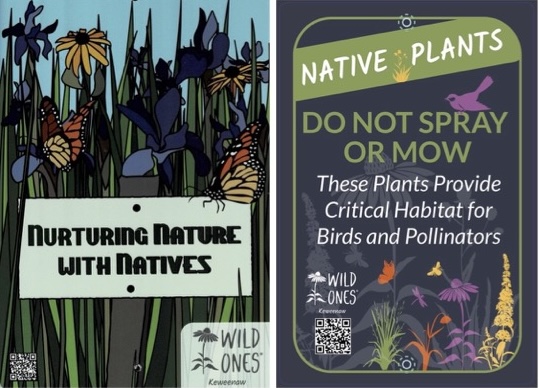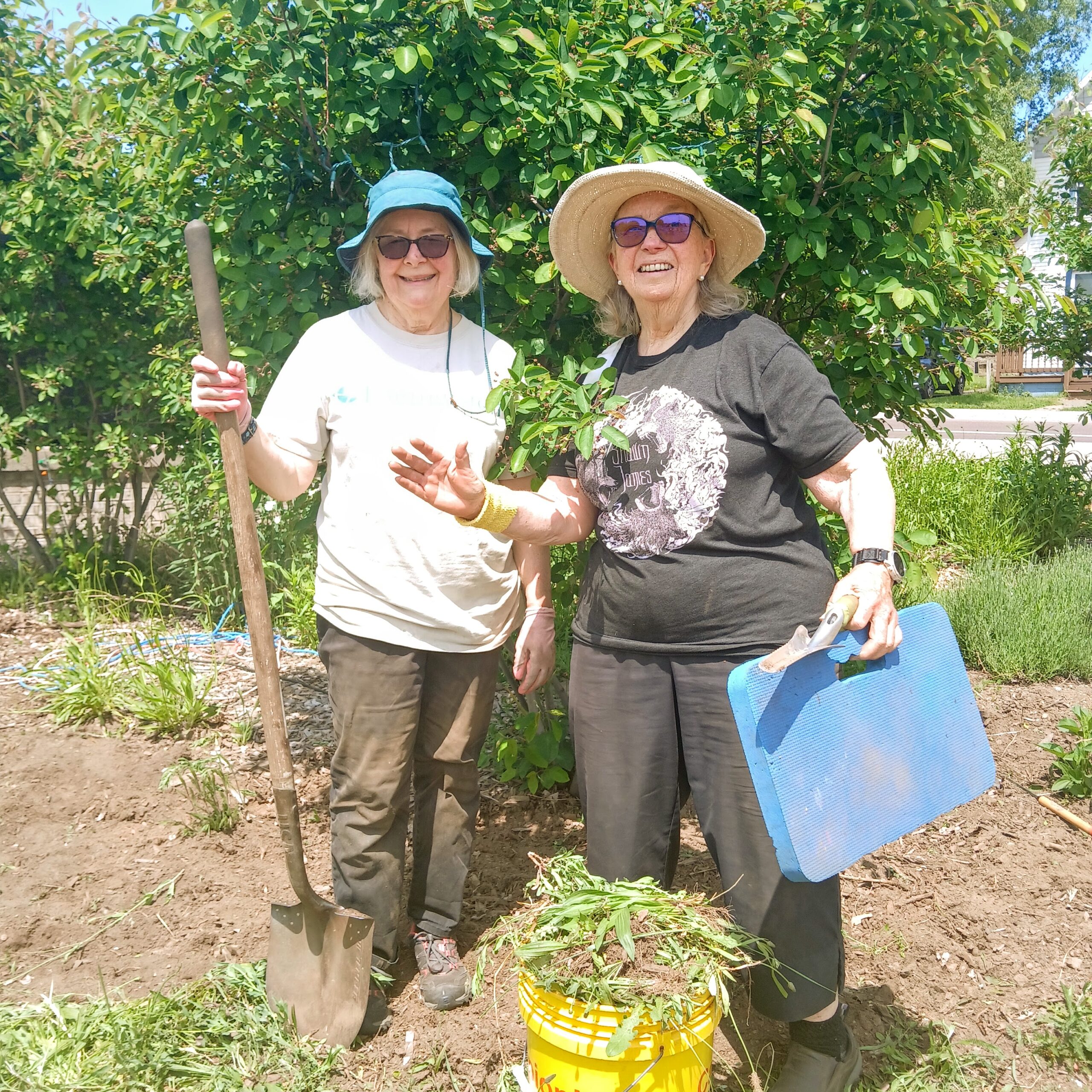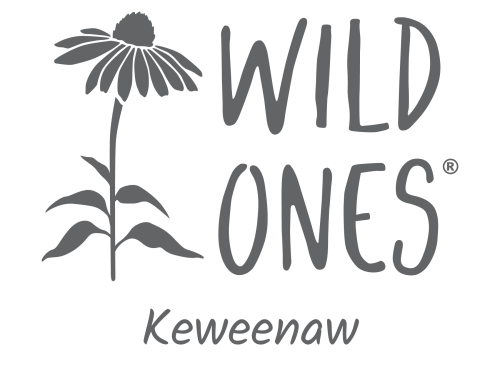
Check Our Our New Native Garden Signs
Keweenaw Wild Ones’ two new native garden signs are now available in our shop, just in time for holiday shopping. Perfect for you or the native plant lovers in your life.

Big Yanks Making a Big Difference
Keweenaw Wild Ones launched a war on weeds this summer with Big Yanks at four community native gardens this month. Volunteers battled invasives at the Nara Nature Center, Hancock Beach bioswale, Glad Tidings Assembly of God, and the Krist Meadow in Hancock (pictured).
Big thanks to everyone to pitched in!
Welcome to the Wild Ones Keweenaw Chapter
We are on a journey to
- educate ourselves and others about the special attributes of native plants and how to incorporate them into our gardens and civic landscapes;
- create habitat that nurtures wildlife, including bees, butterflies, and birds; and
- develop resilient landscapes that absorb runoff, protecting water quality and infrastructure.
Regular meetings are held at 6 p.m., the third Tuesday of the month, often on Zoom, sometimes in person.
Want to grow native but don’t know where to begin?
Check out our Resources section. Or visit Wild Ones’ Native Garden Design website, featuring a several downloadable native garden plans created by professional landscape designers. The plans are free, printable, and come with plant lists.
We hope these resources inspire, encourage and motivate you in your native garden journey!
